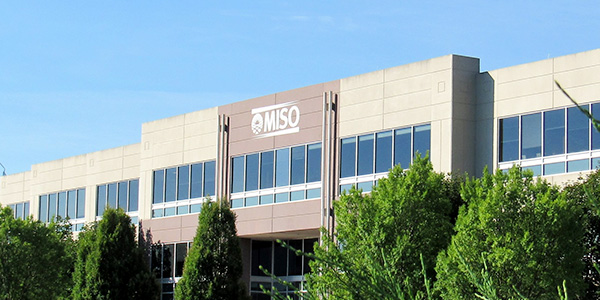By Amanda Durish Cook
MISO estimates that it delivered between $3.2 billion and $3.9 billion in benefits to its members in 2018, the RTO said Tuesday.
The benefits estimate is up from 2017, when MISO said it saved members from $3 billion to $3.7 billion. (See MISO Touts $3 Billion in 2017 Savings.) The RTO estimates its membership benefits annually through its Value Proposition study, in which it attempts to quantify the efficiency and reliability gains from its operations against non-RTO entities. MISO does not track cost savings to individual market participants.
“In a rapidly transforming industry, MISO continues to deliver technological, economic and innovative solutions that benefit our members and stakeholders,” Vice President of Strategy and Business Development Wayne Schug said in a release.
MISO said it can trace most of its 2018 value to its “footprint diversity,” which allows geographically dispersed local utilities with differing load patterns to draw on a wider range of available generating assets, allowing those utilities to significantly reduce reserve margins from 23.7% to 17.7%. That footprint diversity saved members anywhere from $2.2 billion to $2.7 billion in deferred generation investments last year, officials estimate, avoiding the need for an additional 13.6 to 15.9 GW in capacity.
MISO said it also saved members $354 million to $414 million through its wind generation planning and placement efforts in 2018. Centralized economic energy dispatch saved members $282 million to $312 million, while reliability efforts saved $262 million to $285 million, the RTO said.
The 2018 Value Proposition accounts for MISO’s $304 million in operating costs during the year. The RTO estimates it has provided its footprint a total $24.3 billion worth of cumulative net benefits since 2007.
Stakeholders last year questioned the extent of the RTO’s 2017 benefits. During a call last January, one stakeholder contended that MISO should balance its estimates of members’ compliance cost savings with the costs to members of attending stakeholder meetings and monitoring the RTO’s FERC filings. Others pointed out that the figures assumed that the region’s utilities would not otherwise be coordinating activities and reserve sharing absent an RTO.




